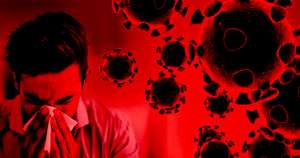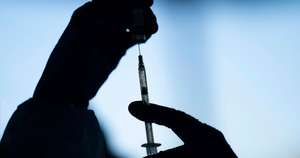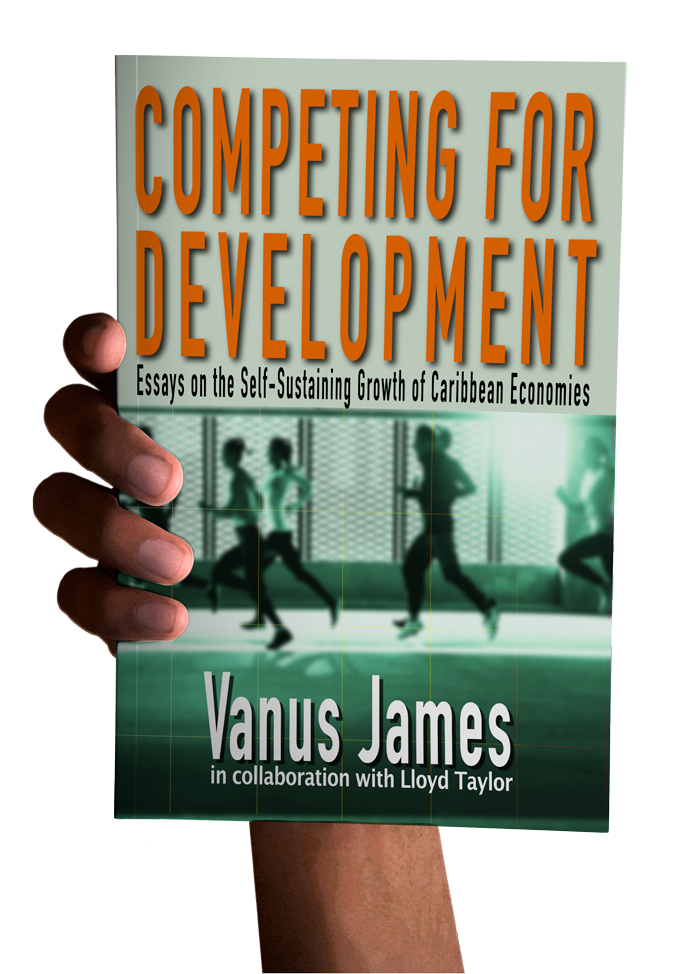
Testing the Public Health System
Can Anything Go Wrong In Flatting
the COVID 19 Curve
(Part II)
In June 2021, after the elapse of nineteen (19) months it is time to make a hard-nosed evaluation of where leads the counter attack against the Sars-COVID-19 virus in Trinidad and Tobago by citizens and government working in tandem.
Have we been flattening the curve or does the curve threaten to flatten us? The ‘curve’ is the shorthand statistical language used by virologists to communicate visually how data are shaped and directed on a line to describe the infection rates. The Government’s forecast for Trinidad and Tobago anticipates that the pandemic will be in near complete retreat by mid September 2021. The lynchpin in that forecast is that 60 to 70 percent of the population, vaccinated under conditions of a state of emergency before August 31st will significantly reduce infection rates. But will the forecast be realized? The government is convinced that it will achieve its goals. The Prime Minister’s interpretation of the trend suggests that the country has avoided the bullet of 100 deaths a day on what would have been a projected infection number of 80,000 by June 4, 2021. That number is four times the number of infections and deaths of the then current 25,000 number of infected persons. The projected rate of increase is assumed to be the rate the country experienced before 16th May 2021. The SOE plus a curfew regime introduced in Mid-May 2021 have become a public virtue under conditions of a pandemic.
But what policies and popular habits got us there? The answer boils down to where the stress on public policy is placed and the efficacy of the roll out of that policy among the resident population. The strategic emphasis on the regime of restricted freedom of movement (SOE) logically reduces reliance on voluntary contact tracing and social distancing in living public spaces. The effect is to reduce potential exposure of infected persons to those who are uninfected. Where less persons are exposed to infection it is safe to forecast a fall in the rate at which persons become infected with Corona Virus 19, a fall in the total number of active carriers, and a fall in the total number of deaths over a given unit of time. That strategy also helps to take pressure off the patient carrying- capacity of both the traditional and parallel hospital systems, as Dr. Richards carefully pointed out in one of the Government’s 7th day reporting sessions.
An important observation arises. This is that the new governance restricting the freedom of movement does not deal a death blow to Corona Virus 19. It only slows the rate at which it is infecting people, takes the pressure off of daily public health care management measures, and provides a three (3) months grace time for the government to launch its ‘Big Guns’ in the form of virus-killing doses from three (3) vaccines – Sinopharm, Astra Zeneca (from WHO Covax facility), and one-dose Johnson and Johnson (Janssen).
The anticipated outcome is to first flatten and then bend the curve downwards once and forever. Yet new infection events have continued, albeit now isolated in homes of households. The 4-day average new infection rates between June 16 and June 22, 2021 were as follows: 81, 74, 86, 56, 66, 17, 37, and 53. Total Covid-19 deaths have climb over those dates from 686 to 761 - an increase of 75 over 8 days or an average of 9 3/8 daily. These events, recorded under SOE conditions one week at the end of its first month, confirm that the virus is abroad and alive in Trinidad and Tobago. The fervent hope is the supply of vaccines will outflank the threat.
A noteworthy fact is that at the start of Sars-Covid 19 virus, every nation on earth was caught with its proverbial pants down. That included all of the 15 of 195 countries who scored highest results of the Global Health Security Index (GHSI) in 2019 (Global Health Security Index ). The GHIS assessment forecasted: that the USA was the most prepared with a score of 83.5 points, followed by the UK (77.9), Netherlands (75.6), Australia (75.1), Canada (75.3), Thailand (73.2), Sweden(72.1), Denmark (70.4), Korea (70.2), Finland (68.7) , France (68.2), Slovenia (67.2), Switzerland (67), Germany (66.0), and Spain (65.9). Yet in the practice of confronting the Corona Virus the USA, France and Spain had some of the weakest responses, and worst infection and death rates. China was given a GHSI of 48 points that ranked it 51 out of 195 countries. Trinidad and Tobago with a score of 36.6 was ranked 99 out of 195 countries. Therefore, in the context we need to investigate what can go awry with Trinidad and Tobago government’s forecasts? The unexpected onset of the pandemic made a mockery of the Global Health Security Index forecast of those countries best able to handle a pandemic. To paraphrase in conventional Biblical terms, across most categories the result of responses to the SARS-COVID 19 pandemic: Many of those countries ranked first in public health capabilities were last, and some of the last were ranked higher than the GHSI forecasted.
Note: The GHSI on the GHSI:
“To create the GHIS Index, the NTI (Nuclear Threat Institute), JHU (John Hopkins University), EIU ( Economic Intelligence Unit), project team, with generous grants from the Open Philanthropy Society, the Bill and Melinda Gates Foundation and the Robertson Foundation – worked with a team of 21 experts from 13 countries, with 140 questions to create a detailed and comprehensive framework organized over 6 categories, 34 indicators, 85 sub-indicators to assess a country’s capability to prevent epidemics and to mitigate pandemics. https://www.ghsindex.org/
The GHSI analysis relied on data published by each country. When the WHO noticed the presence of Covid 19 in December2019, the challenge to abate the virus found the health systems of all countries severely compromised. The world was unready. There were no prospects of a vaccine for 7 months, until the second half of 2020, and only from 3 countries, viz., Russia’s Sputnik V followed by USA’s Pfizer Bio-Ntech and Moderna and UK –Switzerland’s Astra Zeneca. Journalistic commercial nationalism of Western Media inserted geopolitical contentions, spoke meritoriously only about the vaccines that emerged from US and the UK, seriously suppressing cooperation among nations as a priority during a pandemic.









